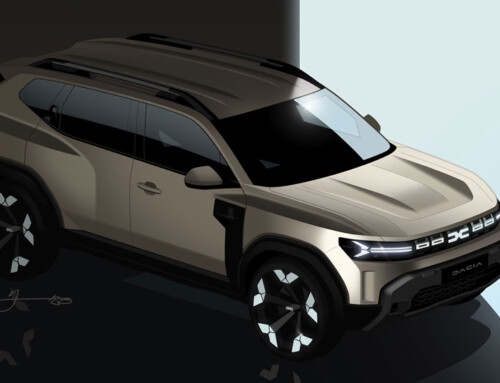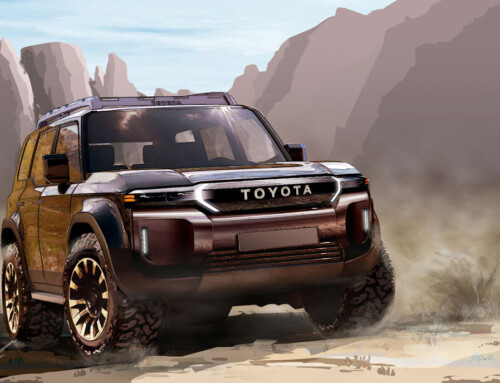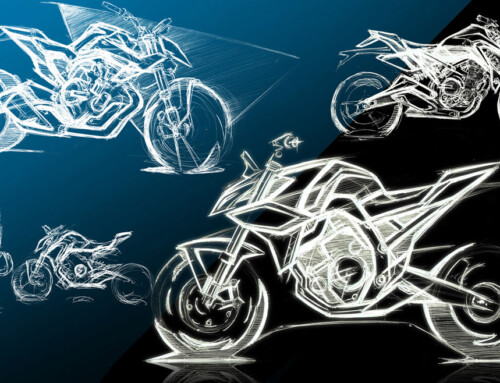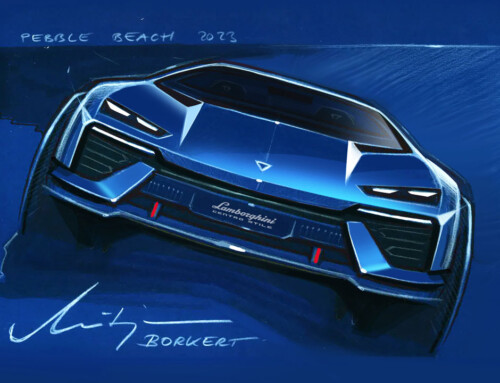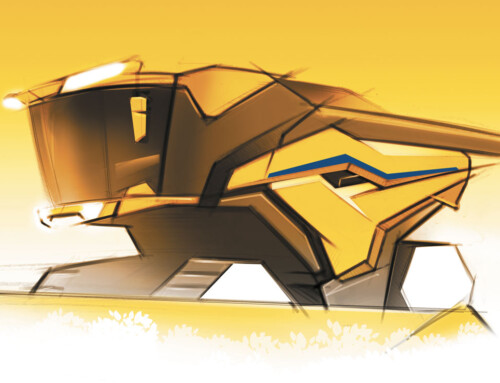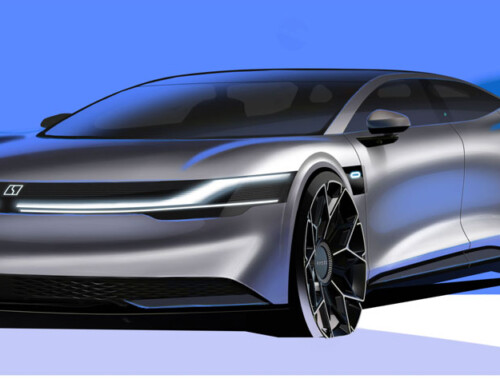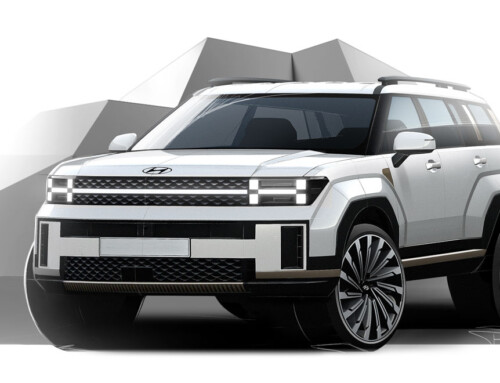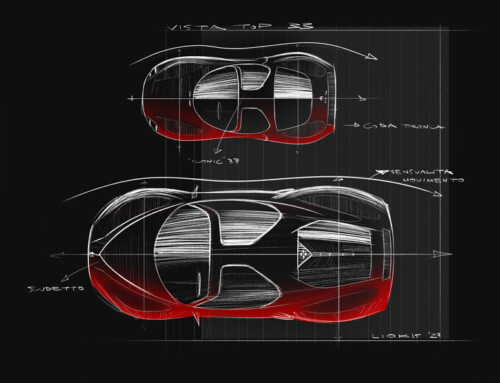

The chassis – entirely constructed, like the rest of the car, in the Italdesign workshops – is made from aluminium with carbonfibre elements. The aluminium bodywork is anchored to the loadbearing structure and, pride and joy of the Turinese company, it is still possible to admire the crafts-manly skills of its panel beaters.
The engine is mounted at the rear. “At a time when many others have returned to front engines, we decided to go against the trends and keep the engine at the back,” says Fabrizio Giugiaro, chief of styling at Italdesign.
The Scighera, which sports an Alfa Romeo shield at the front, is animated by the Arese company’s powerful 3-litre V6, worked over in-house by Italdesign to trans-form it into a biturbo with volume compressor, bringing it to a maximum output of 400 bhp at 7500 rpm. Traction goes to all four wheels and the sequential six-speed gearbox, with electronic clutch, is positioned centrally.
The suspension offers an unusual solution for a roadgoing car: like Formula 1 single-seaters, it uses a single centrally mounted damper at the front, deliberately left exposed on the dashboard. The rear suspension adopts a push-rod setup with double wishbones and a pair of transverse dampers in central position. First impressions of the Scighera’s proportions reveal a determination to avoid the monovolume shape, fairly common in the rear-engined cars of recent years. One of the principal features of the wide bonnet is the way it meets the wings.
The front view is also where the Alfa Romeo marque image is most plainly perceived. The pair of air intakes that connect the central shield with the wings recreate the Alfa ‘whiskers’ styling feature, although in reality their function is not to duct in cooling air – the engine, we recall, is in the tail – but to provide front-end downforce. On the bonnet, a pair of hatches open at high speed, airfoil style.
Aerodynamic appendages, cutouts and apertures abound all over the car, which transforms according to the roadgoing conditions. “The cut above the back-light is an air intake to feed the volume compressor, while those at the sides serve partly to feed, partly to cool, the intercooler. The cuts on the flank, whose arched design takes its radius from the centre of the wheel, instead supply cooling air to the radiator,” explains Fabrizio Giugiaro.
The tail, fitted with a large spoiler that rises automatically at speeds above 140 km/h, offers a fairly clean-cut, almost concave, vertical shape, again motivated by the desire to create a different form, far removed from the usual ‘bar of soap’ type rotundities. The lights are slim and narrow, in coherence with those at the front. The entire rear end consists of a single element.
To get access to the engine bay, the engine-cover/backlight/wing section slips backwards (uncovering the fuel filler cap) and then flips up flush with the tail pipes. The doors have been interpreted on a typically Giugiaro theme, with the twin aperture system already proposed on the Nazca. Traditional outwards opening is combined with the possibility of raising the glass top, gull-wing fashion.
The Scighera was produced rapidly, seven months from first sketches to finished prototype, but behind its stunning forms long hours of work and a lot of alternative styling hypotheses are concealed. “If anyone is curious to see them or to try and design his own ‘Scighera’, we have created an Internet site where up to 64 different combinations can be produced,” says Fabrizio Giugiaro. The address? Http://www.italdesign.it/
The article continues in Auto & Design no. 103


